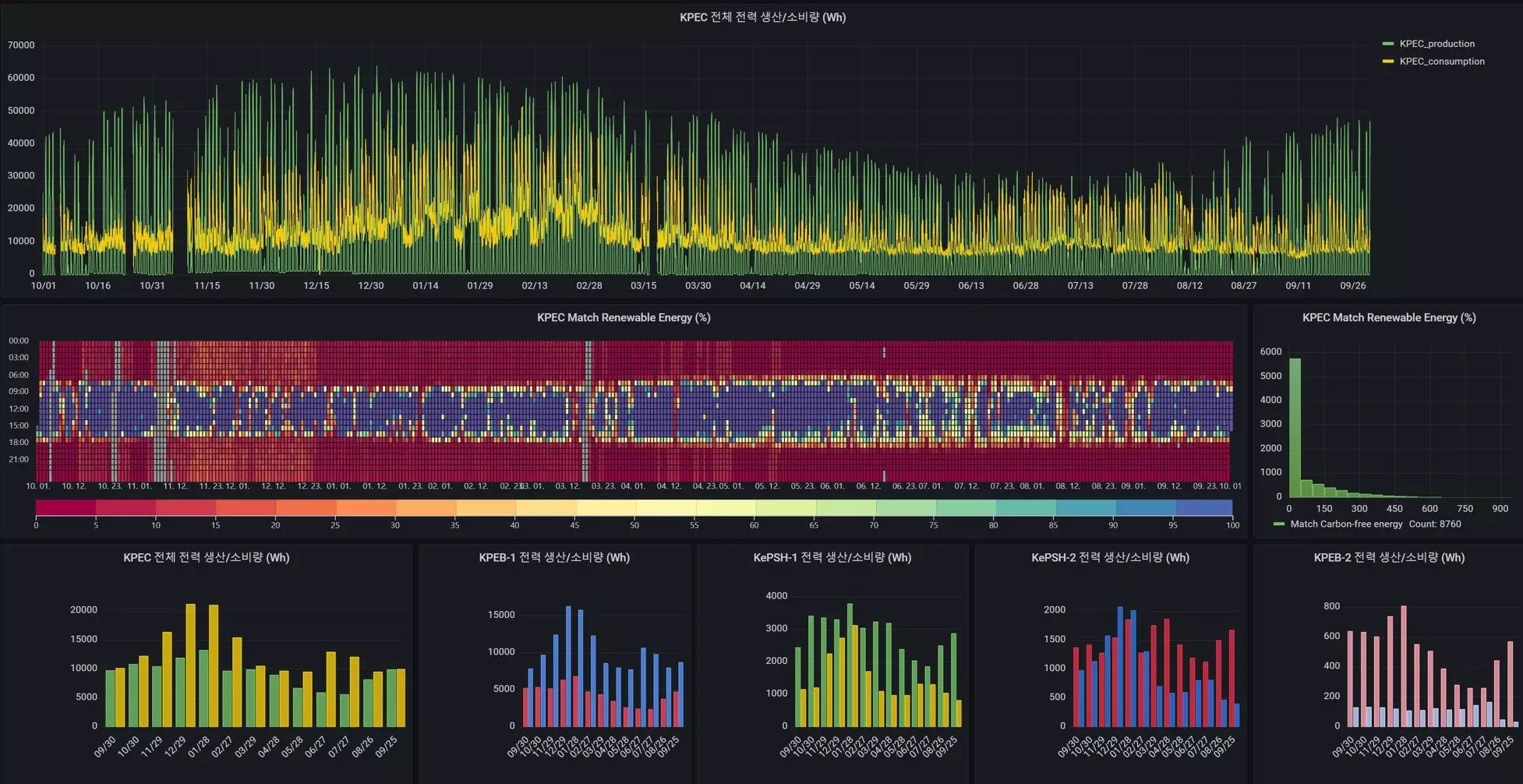The burgeoning field of urban electrification represents a paradigm shift in the way cities meet their energy needs while championing sustainability. A recent collaborative effort by researchers from the Korea Institute of Energy Research (KIER) has unveiled groundbreaking technologies aimed at advancing this concept using artificial intelligence (AI). This initiative, documented in the journal Sustainable Cities and Society, focuses on minimizing reliance on fossil fuels and integrating renewable energy into urban infrastructures. While urban electrification remains a nascent concept in South Korea, it has gained traction as a vital strategy in other regions, particularly in the United States and Europe, to combat climate change and foster sustainable urban landscapes.
Historically, cities have relied on fossil fuels to maintain a consistent and manageable energy supply. This conventional approach allows for seamless adjustments in electricity generation to match demand. However, as urban areas transition toward electrification, they face significant challenges—primarily related to the inconsistency of renewable energy sources like solar and wind. Variability in energy production, heavily influenced by climatic conditions, introduces complexities that could disrupt the balance between electricity supply and demand. The consequences of these disruptions can be particularly severe during Low-Probability High-Impact Events (LPHI), such as abrupt temperature drops or intense heat waves that dramatically shift energy needs.
In response to the challenges posed by electrified cities, researchers from KIER have developed a sophisticated energy management algorithm. This AI-driven system is tailored to enhance the stability of power grids amid the fluctuating demands that arise from integrating renewable energy sources. The research team meticulously analyzed energy consumption across various building types and correlated that data with renewable energy production fluctuations. They also examined how diverse factors—including weather patterns, human behavior, and the operational efficacy of renewable energy technologies—affect the overall performance of the power grid.
The findings revealed that while LPHIs occur infrequently, their impact on overall energy stability is profound. The algorithm developed by the researchers is designed not only to balance day-to-day energy demands but also to mitigate the risks associated with these extreme weather events.
The results of this rigorous research culminated in an operational model that showcases an impressive 18% decrease in electricity costs when implemented within a community-scale environment mirroring urban electrification. In practical applications, the innovative system achieved energy self-sufficiency and consumption rates of 38% and 58%, respectively—considerably better than the figures for buildings lacking such technology, which stood at just 20% and 30%.
An annual energy consumption of 107 megawatt-hours (MWh) during testing significantly outstrips the capacities assessed in previous simulation studies by leading international research entities, suggesting that the potential for deploying this system in actual urban settings is exceedingly promising.
As cities globally grapple with the dual challenge of providing reliable energy and reducing carbon footprints, the integration of AI in urban electrification presents a practical and innovative solution. The research from KIER illustrates how targeted technological advancements can pave the way for more resilient urban energy systems that leverage renewable resources effectively.
Reflecting on the findings, it is clear that urban electrification is not merely an experimental concept but a necessary evolution of urban energy frameworks in our ongoing quest for sustainability. With the ability to anticipate demand fluctuations and respond to extreme conditions, the AI-enhanced energy management system enables cities to transition from outdated fossil fuel dependencies to a greener, self-sufficient energy paradigm. The future of urban living lies in such transformative technologies that combine electric sustainability with resilience, making it imperative for ongoing research and investment in this critical area.



Leave a Reply